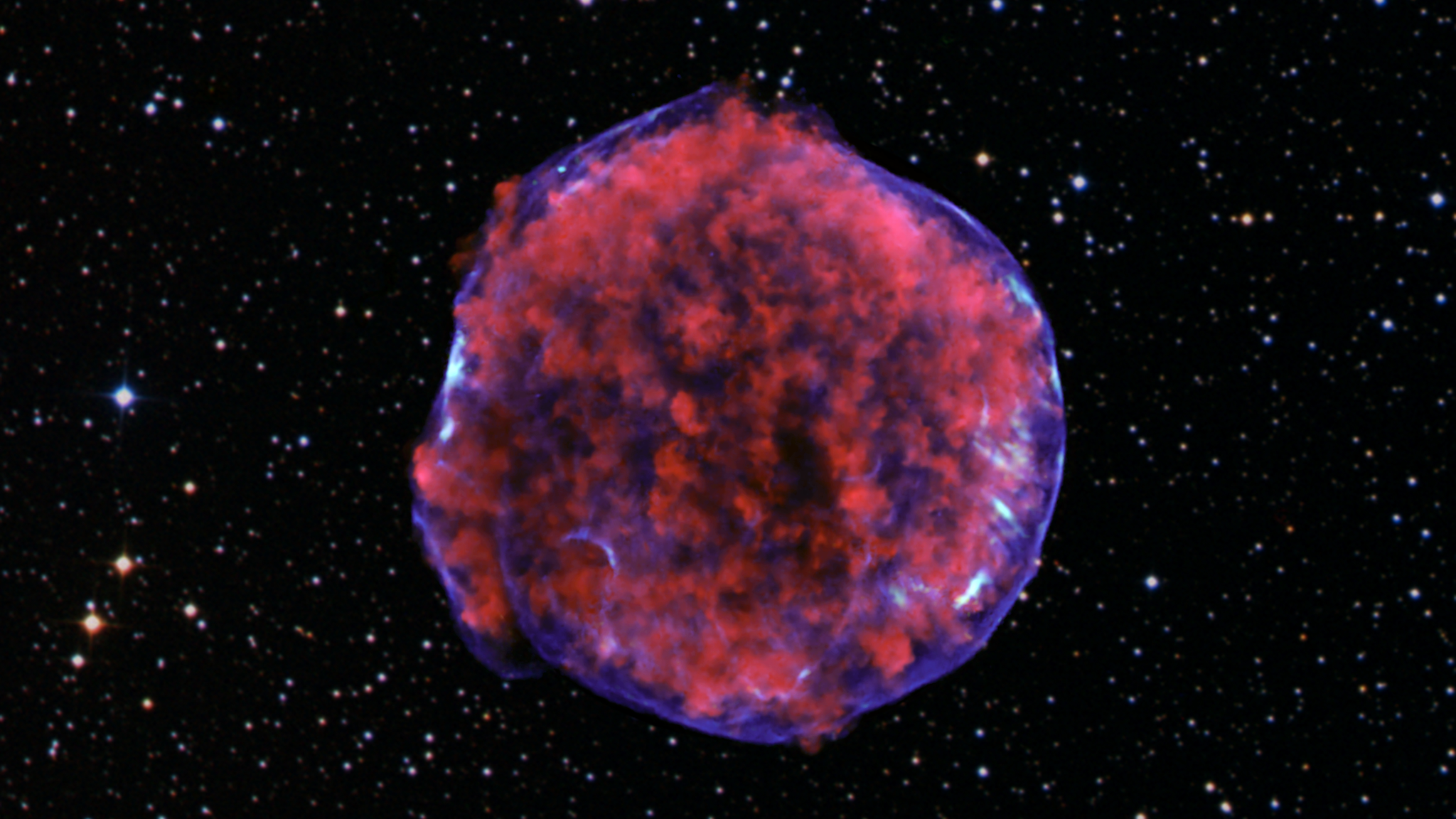Ancient Philosophers Help Scientists Decode Brightest Supernova on Record
Writings from a millenium ago are aiding in scientists' ability to decipher the universe.

In April of the year 1006 A.D., spectators around the world were treated to a resplendent display—a supernova, now called SN 1006, that reportedly shone brighter than Venus.
Astronomers from China, Japan, Europe, and the Middle East all looked to the sky and wrote down what they saw. A few months later, the fireball faded from view.
Now, Ralph Neuhäuser, an astrophysicist at Friedrich Schiller University Jena in Germany, has uncovered clues about the supernova (in apparent magnitude, the brightest in recorded history) as part of the writings of Persian scientist Ibn Sina, also known as Avicenna .
Here’s Jesse Emspak, reporting for National Geographic:
One section of his multipart opus Kitab al-Shifa , or “Book of Healing,” makes note of a transient celestial object that changed color and “threw out sparks” as it faded away. According to Neuhäuser and his colleagues, this object—long mistaken for a comet—is really a record of SN 1006, which Ibn Sina could have witnessed when he lived in northern Iran.
While SN 1006 was relatively well documented at the time, the newly discovered text adds some detail not seen in other reports. According to the team’s translation, Ibn Sina saw the supernova start out as a faint greenish yellow, twinkle wildly at its peak brightness, then become a whitish color before it ultimately vanished.
This text illustrates an evolution of color unlike anything described in alternate accounts of this celestial event. Scientists use this category of supernova—called type 1A—to calculate distances across the universe, as they are “standard candles” that emit the same amount of energy in the form of light no matter how far away they are from Earth. Researchers compare their perceived brightness with their actual brightness to get an accurate measure of where ghostly imprints, or nebulae, of type 1A supernovae are located in space. Thus, perceived changes in hue and brightness during an individual supernova event can help scientists refine the “standard candle” approach.
When two stars orbit each other and one of those stars transforms into a small but massive white dwarf, the massive dwarf pulls gas from its partner star; eventually, the white dwarf will explode into a type 1A supernova. SN 1006 appears to have worked differently: in this case, two white dwarves revolved around one another—then, both lost energy in the form of gravitational waves and collided. Unusual supernovae like SN 1006 one help scientists understand the full spectrum of supernova characteristics.
Still, some of Neuhäuser’s colleagues say that, while interesting, the color evolution Ibn Sina described may not actually be that useful. Ibn Sina would have observed SN 1006 close to the horizon, so the colors he saw might have distorted by atmospheric effects. What’s potentially more telling is another source that Neuhäuser has uncovered—writings from the historian al-Yamani of Yemen that suggest the supernova happened earlier than we once thought. Taken together, these accounts from a millennium ago will aid in scientists’ ability to decipher the universe.
Image credit: NASA



